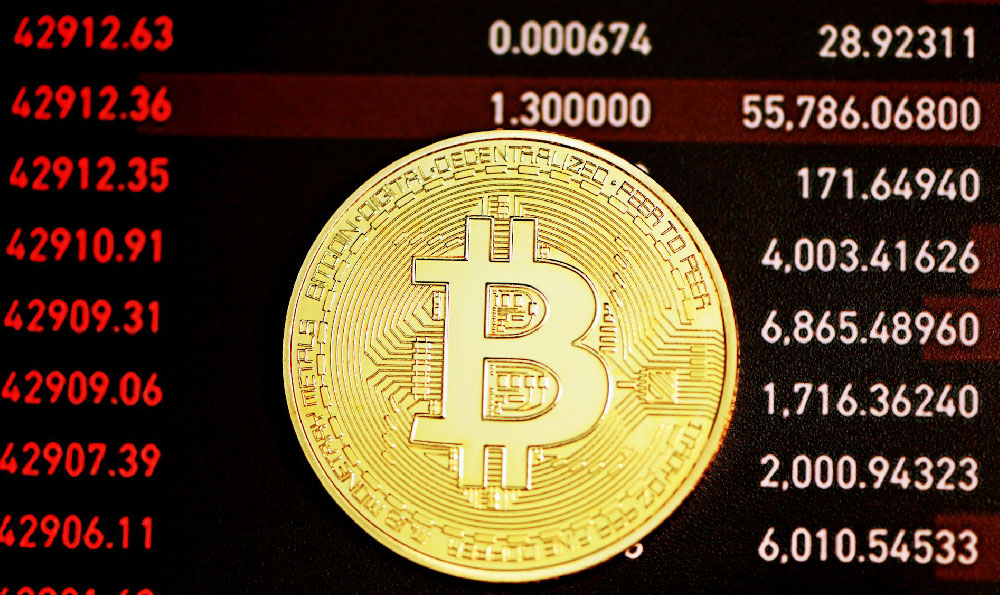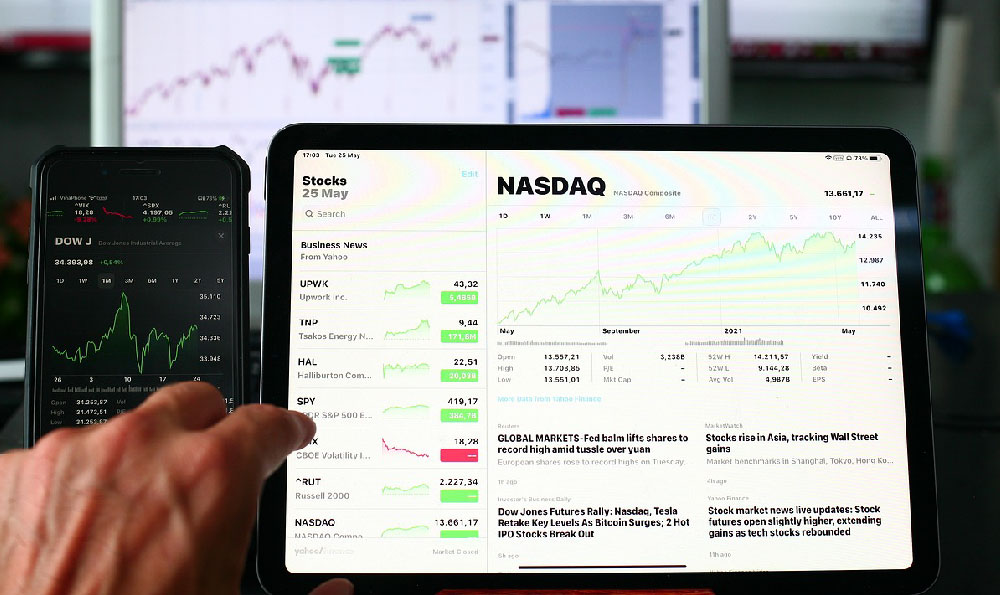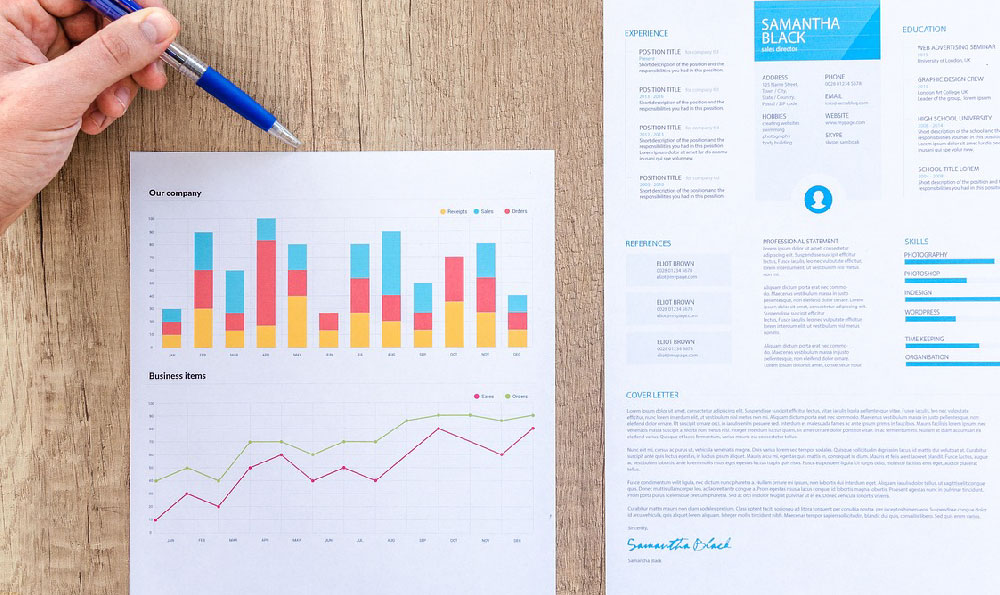
Navigating the world of Instagram influence and monetization can feel like trying to decipher a complex algorithm. The question on everyone's mind is, "How many followers do I need to actually make money?" And more importantly, "Is it even possible to turn those likes and comments into a tangible income stream?" The answer, unsurprisingly, is nuanced and dependent on a multitude of factors beyond just the raw number of followers. While a high follower count certainly opens doors, it's not the sole determinant of success in the influencer economy.
Let's dissect the follower count myth. The common misconception is that you need millions of followers to even consider monetizing your Instagram presence. This simply isn't true. The rise of "nano-influencers" and "micro-influencers" has significantly shifted the landscape. Nano-influencers, typically defined as having between 1,000 and 10,000 followers, and micro-influencers, with 10,000 to 50,000 followers, often possess higher engagement rates than their mega-influencer counterparts. This is because their audience tends to be more niche and genuinely interested in their content. Brands are increasingly recognizing the value of this authenticity and targeted reach, making these smaller influencers attractive partners.
Instead of fixating solely on the follower number, focus on cultivating a highly engaged audience. Engagement rate, calculated as the percentage of followers who interact with your content (likes, comments, shares, saves), is a crucial metric. A smaller, highly engaged audience is far more valuable than a large, inactive one. To boost engagement, focus on creating high-quality, relevant content that resonates with your target audience. Respond to comments, ask questions, run polls, and generally foster a sense of community around your brand. Authenticity is key; people are more likely to engage with content that feels genuine and relatable.

The monetization strategies available on Instagram are diverse, and the effectiveness of each depends on your niche, audience, and personal brand. Sponsored posts, where you partner with a brand to promote their products or services, are a common way to monetize. The amount you can charge for a sponsored post varies greatly depending on your follower count, engagement rate, and the brand's budget. Generally, nano-influencers might charge a few dollars to a few hundred dollars per post, while micro-influencers can command hundreds to thousands of dollars.
Affiliate marketing is another popular option. This involves promoting products or services using unique affiliate links, and earning a commission on each sale generated through your link. This method is particularly effective if you regularly review products or make recommendations that your audience trusts. Tools like Linktree allow you to consolidate multiple affiliate links into a single link in your bio, making it easy for followers to access your recommendations.
Selling your own products or services directly on Instagram is a powerful way to build a business and generate revenue. Whether you're selling physical products through Instagram Shopping, digital products like e-books or online courses, or offering services like coaching or consulting, Instagram provides a platform to reach a targeted audience and build a loyal customer base. High-quality product photography, compelling descriptions, and clear calls to action are essential for driving sales.
Building a strong brand identity is also crucial for long-term monetization success. This involves defining your niche, consistently creating content that aligns with your brand values, and establishing a recognizable visual aesthetic. A cohesive brand identity makes you more memorable and helps you attract the right audience and brand partnerships.
Don't underestimate the power of Instagram Stories and Reels. These short-form video formats offer unique opportunities to engage with your audience and showcase your personality. Stories are great for behind-the-scenes content, polls, and Q&A sessions, while Reels are ideal for creating entertaining and shareable videos that can reach a wider audience. Experiment with different types of content to see what resonates best with your followers.
Furthermore, understanding the legal and ethical considerations of influencer marketing is paramount. Transparency is key; always disclose sponsored content clearly using hashtags like #ad or #sponsored. Avoid making misleading claims or promoting products that you don't personally believe in. Building trust with your audience is essential for long-term success, and ethical practices are fundamental to maintaining that trust.
Finally, be patient and persistent. Building a successful Instagram presence takes time and effort. Don't get discouraged if you don't see results immediately. Consistently create high-quality content, engage with your audience, and stay up-to-date with the latest trends and best practices. Analyze your analytics regularly to see what's working and what's not, and adjust your strategy accordingly. Remember, the journey to Instagram success is a marathon, not a sprint. It's about building a genuine connection with your audience and providing value that keeps them coming back for more. Focus on building a loyal and engaged community, and the monetization opportunities will naturally follow. So, the magic number of followers is less important than the magic of connection and authentic engagement. Cultivate that, and you'll be well on your way to turning your Instagram presence into a viable income stream.





